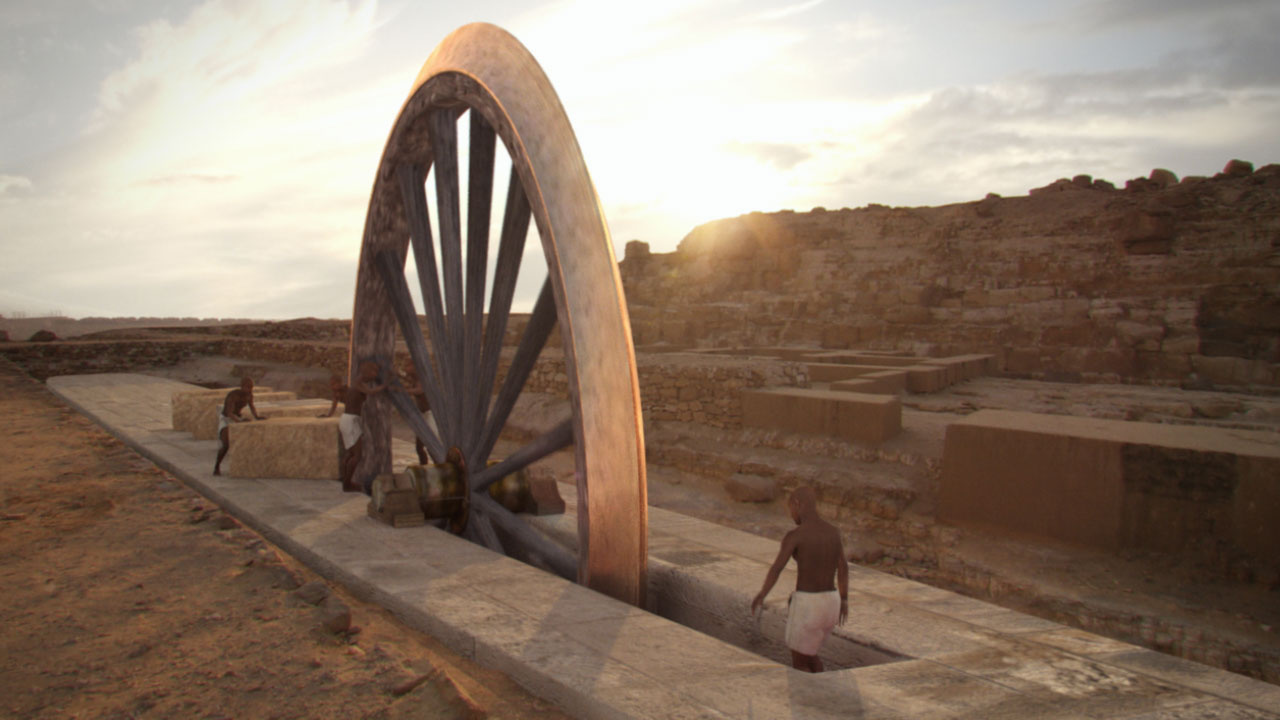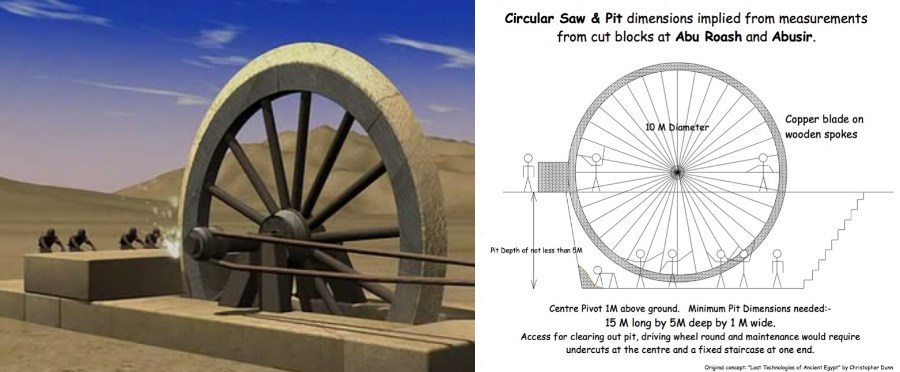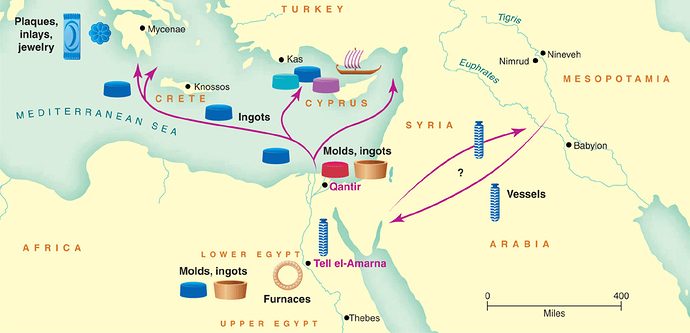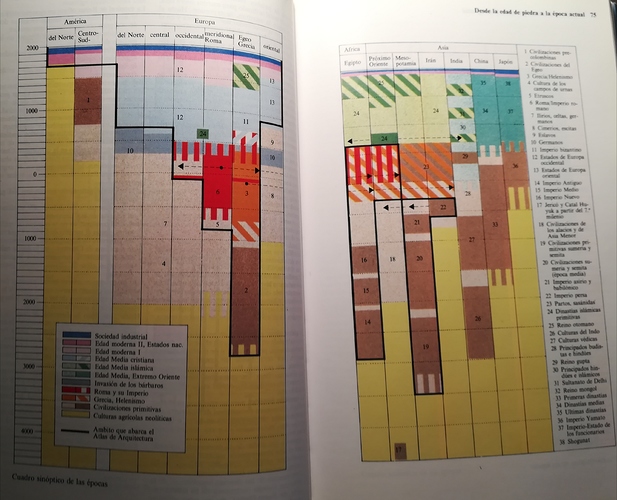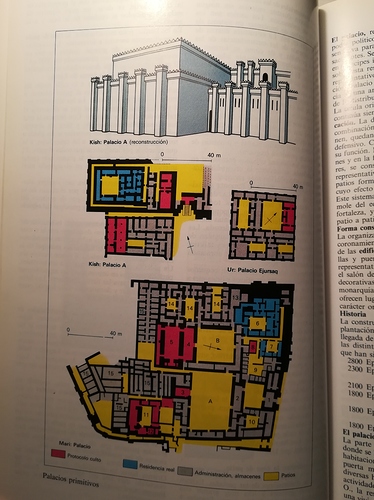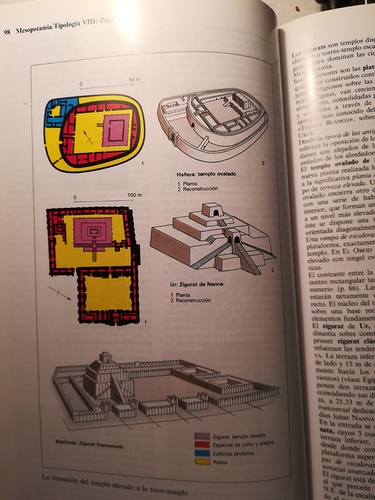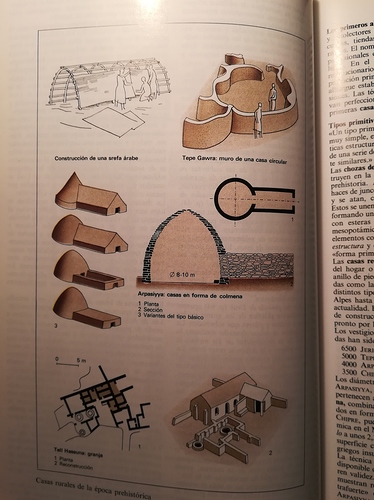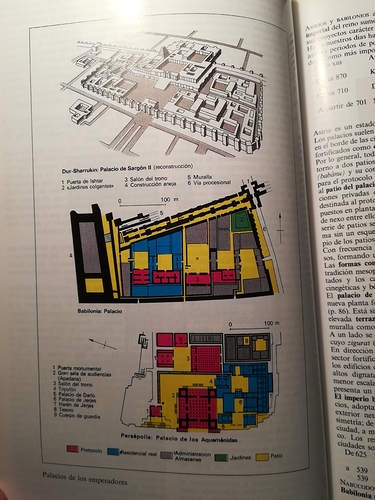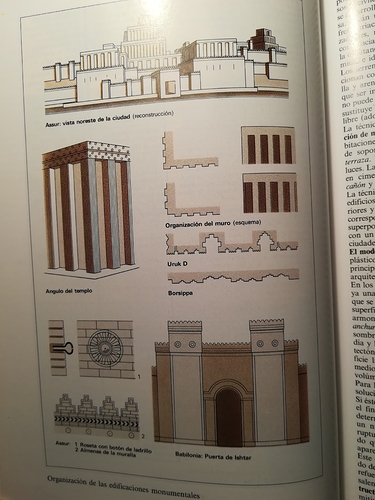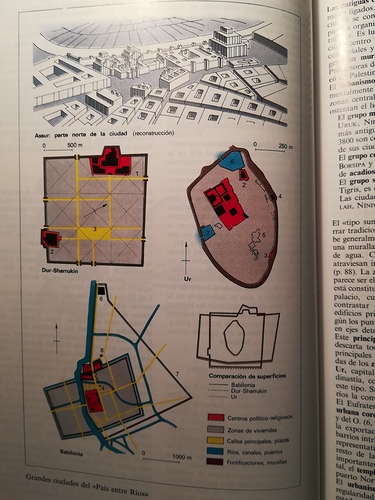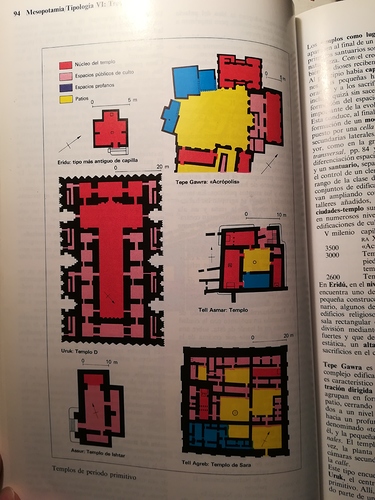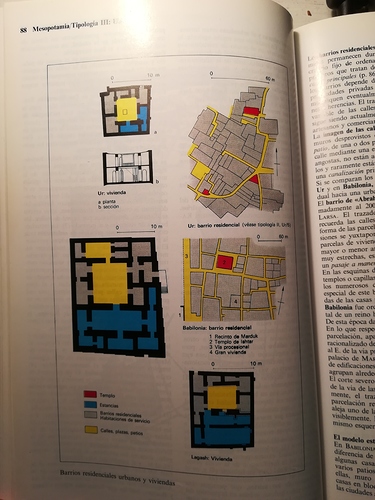interesting. That was different than what I thought you meant lol.
I am curious to have your point of view. Do you have games exemple that are related to your idea ? My exemple is not perfect because the militaty part where you can see your enemy and protect your trade roads is not represented. Moreover the style of the map is not very neolithic/bronze age 
Maybe resources can on the map too like in Civ 6 one :
I was thinking along the lines of City Skylines but with the sectors being unlocked by sending settlers (like civ) to that area. However, I’m not sure how to keep the village and capital separate settlements from each other. Let’s say you build your city on the edge of the map and explore the next sector, would you need to have a loading screen in between the individual maps? That would keep them separate, but detract from immersion. So, I like your idea more as it seems to be tried and true and mine is kind of a cluster-f&^k.
The City Skylines mechanic can be used with the big city if the square is full (or if your city reach the edge of the map) in order to not split the city into different squares. My idea is more adapted to long distance villages and yours to close city expansion so no problem  .
.
Moreover the map could start unexplore (like in Anno and Civ series) and you have to send scout to discover the surroundig areas. Then you send settlers in the square you want to colonize. In case of emergency you can send directly settlers in unknow areas (with a big penalty)
I wasn’t saying to port the city skylines mechanic. I was saying to use something similar that can replicate how it operated on a much farther and longer scale (never played simcity4, so I don’t know how it worked in that regard). But, I was thinking that you could send your scouts and settlers to the next tile over, but instead of being a continuation of your city, it would represent a longer length span of a few tens or hundreds of kilometers; almost as if every square in a grid overlay of the map was not actually touching but were separated by an intermediary square in order to give scope and scale to the game. Think of how Total War Empire used this kind of system to get to the Americas and the Caribbean from Europe
There were loading screen between tiles in Simcity4 unfortunatly… Since you play city skylines, a way to change tiles could be the zoom out tehniques they used in City Skylines (where you can buy nearby squares) but instead of merging squares you can change of square
I like that
I like many of the ideas here though it does loose part of the aim of the devs plan, where they state in the beginning you can or will need to follow where your food does like roaming animals which would become unrealistic if there was loading areas between regions so the region to begin with would have to be large enough for your statement and it’s future expansion, and plenty of space for both huntable game to thrive plus the pack animals which will ultimately hunt them and… Us lol,
So it would require an open world sort of game play it there was need for loading different regions then I would recommend pre loading the nxt region as you approach it like Wow does so it’s seamless moving between regions but is still comprised of regions. Or they old go another way and have there world/region like skyrim, now currently in the style simular to how this game will look town wise I think cities of the nile once we had got out of the roaming tribe sort of era.
In addition I’m a big lover of large maps but as mentioned there is the concern of too much stress on cpu and overall performance! And my laptop likes having fits over effort lol, so I hope it’s best of both worlds a map like cities skylines broken up into regions with the wow pre loading system
Would love to see Pictish/Scots tribe that could later game join Celtic tribes is main land West Europe 
As every game out there covers the crap out of Ancient Rome, Greece, Egypt etc. which I love but would like to see something new, fresh and out of the box come out of this.
New tecnology. EGPTY . BRONZE Age.

Source picture and notice archeologic;
http://ancientegyptiantechnologies.uk/giant-circular-saw/
Source; Yafka | Ancient Impossible
Souce; Mystery of the Lost 35 Foot Granite Disc-Cutter Used in Ancient Egypt, page 1
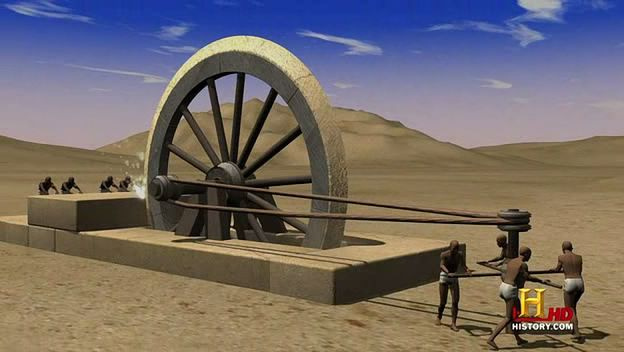
Soucre:

Egpty Machine Irrigation - “Noria”
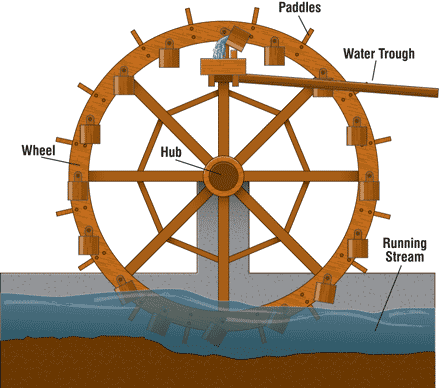
Reference; The History of the Noria
walls with structures inbuilt in them?
also… not THE sargon
Sargon. I believe there were structures embedded in the Bronze ERA. The wheels and axles of carts, chariots, and other vehicles and agricultural implements were docked, The structures of houses also seem to me to be possible to place for this period, closer to the iron age. According to Eciclopedia Britanica main materials were clay bricks (baked in the sun) in hot areas like Middle East. But it’s an advanced technology. Clay bricks are molded and embedded with clay, primitively. The cement appears only in my opinion in the iron age. In principle with the Romans. The technologies of embedded parts existed in stone and bricks. The above machine is a good example and solves a puzzle or opens another. The stones were expertly carved in perfect angles of fit. We see this in the ANCIENT CIVILIZATIONS of Bolivia, Peru, Zimbabwe, Ethiopia, Israel, Egypt, Italy, etc. So I suppose we should investigate this. The great problem of this Egyptian machine in my view would be the speed necessary for the cutting of the blocks. It would be good for Ancient Cities to make a simulation involving:
a) avatars of men with strength.
To find patterns of individual strength, for collective use in the simulation. So in theory it would be possible to prove if the theory of the Egyptian cutting machine works. And how many people would be needed or animals. The classes of force physics, traction, joules. Hehe good puzzle.
b) Once the previous item is done, it is time to size the cutting machine.
Once this step is completed, it is time to simulate the Egyptian stone blocks of the pyramids.
c) Simulate the machine in execution and test several combinations; men, oxen and water. Yes a wood system that involves large “Noria” taking large amounts of water in channels to the machine, feeding the gear of water wheel that would drive gears to move the machine.
At last we can assume that they were skilled even at the cutting of the rocks and a sanding or polishing of edge trimming in perfect.
Link
HILL FORTS IN ISLAND GREAT BRITAIN
Article - ARCHITECTURE,
http://intarch.ac.uk/journal/issue48/9/1.html
ECONOMIC RELATIONS - MIDDLE EST.
Grecce, Crete, Egpty, Turkey, Syria. Iraq, Arabia,Israel/Jordan.
Source: Bronze Age Trades commerce
Analysis:
To the question mark, the Solomon mines in Israel seems to be a possibility or even the salt of the Dead Sea or Asfaltites found in that region. And even the production of honey. We must not forget that it was produced on a large scale in Israel. Neolithic evidence proves. The production of Honey from Egypt, I suppose, met the great domestic demand. Jewish honey from the areas of Judea and Samaria in ISRAEL are associated with rare and endemic plants. As an Israeli farmer recapturing this technique and spreading between Jewish and Arab farmers in the region. The price of the Jewish kilo of honey today goes from 6 thousand dollars. We must suppose to be a possibility. Solomon’s mines actually produced copper and associated it with diamonds on a smaller scale. And they are being reactivated in NEGUEV - ISRAEL. I believe this answers the question, HONEY, COPPER, DIAMONDS, ASFALTITES, SAL.
Game impact educative for peace:
This has another power to play: It positively impacts the real world on the player to realize that in the past, ancestors of the present Assyrians and Babylonians (minorities in the own country - Iraq) and Jewish ancestors traded actively, materializing after 3,000 years or more these ties. It would be a contributing element of influence for the peace in the region to the present day. An important subliminal influence on the Arabs for peace. GAMES and their psychological powers. In 1st person would be a fantastic experience, in multiplayer … great educational power and transforming the mentalities of eventual players from that corner of the world.
Would they ask themselves how? How did we have these relationships? Where were they broken? Oh more ahead in time … the answer …
All of the above.
I had remenber that I have a book about architecture (the autors are Werner Müller and Gunther Vogel) during the years, it has a lot of interesting graphics about architecture and urbanism.This is the timeline.
I hope you find it interesting, if yes I will post another pictures. There is more (about Egypt, Minoic and Micenic civilizacions) but I will post only the graphics about mesopotamy. The book is in spanish but I think you will understand well the graphics and technical words.
Palaces 1:
Temples 1:
Farms:
Mayor cities:
Palaces 2:
Temples 2:
Monuments:
Urbanism:
Temples 3:
Houses:


